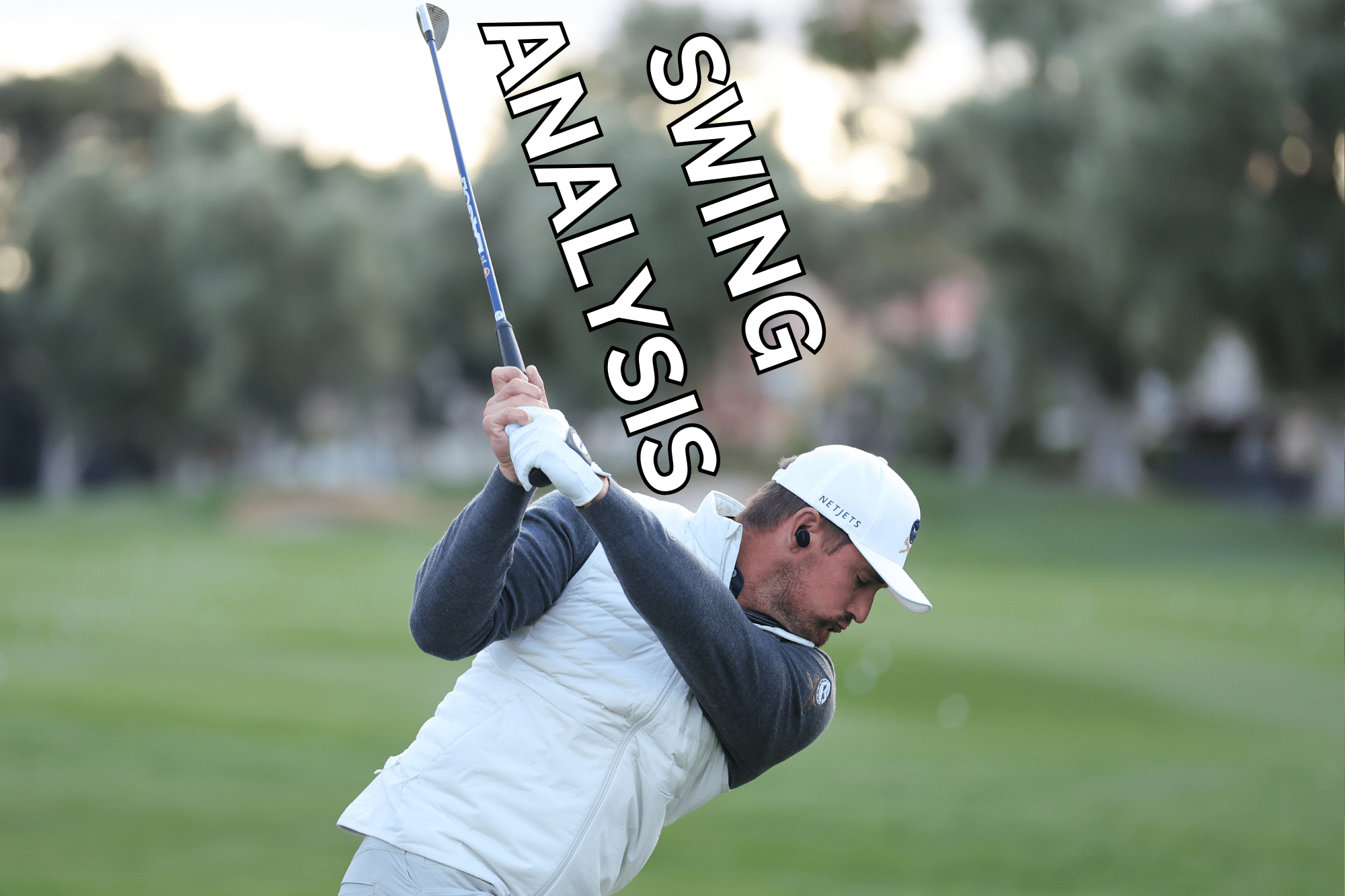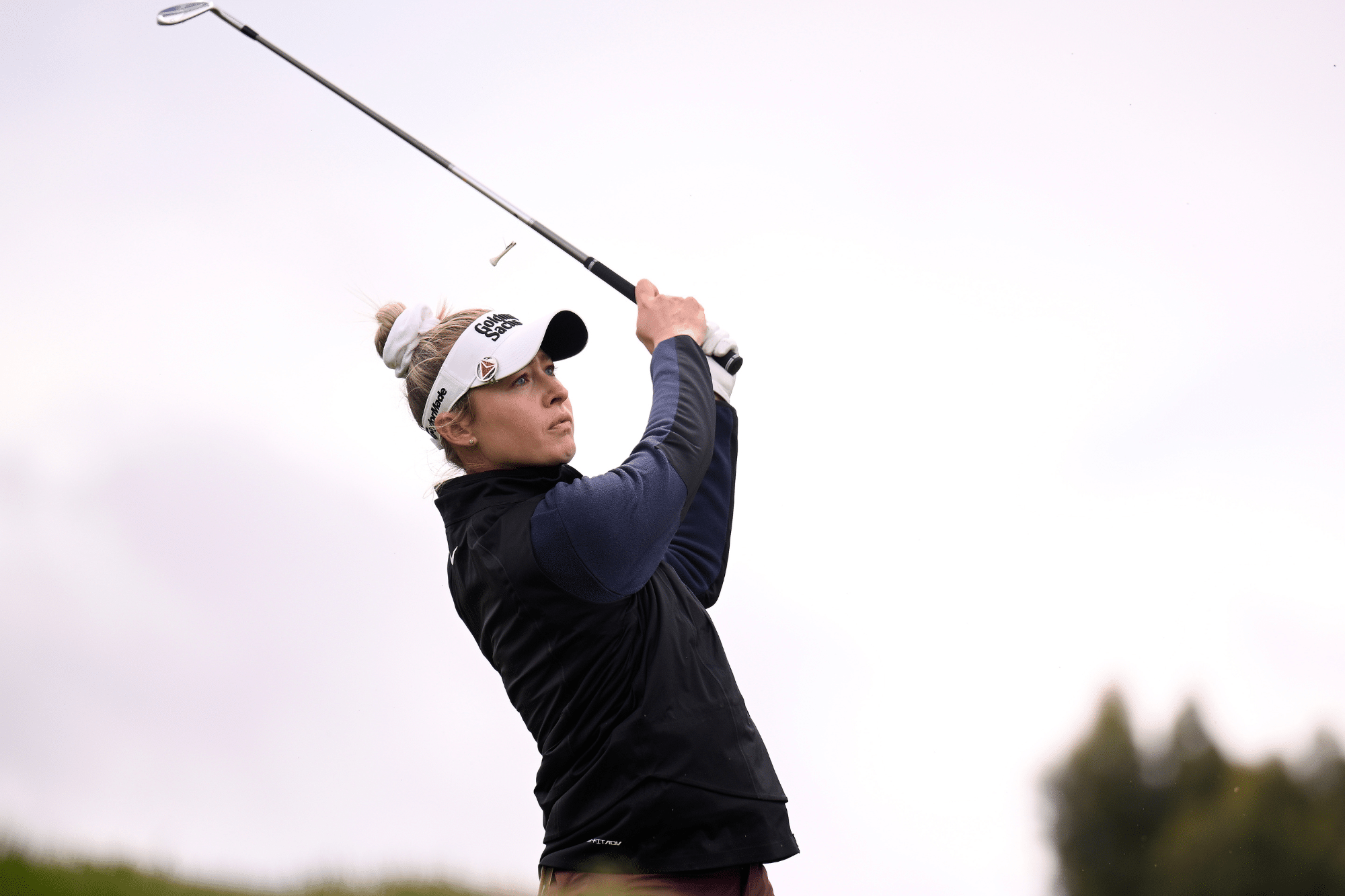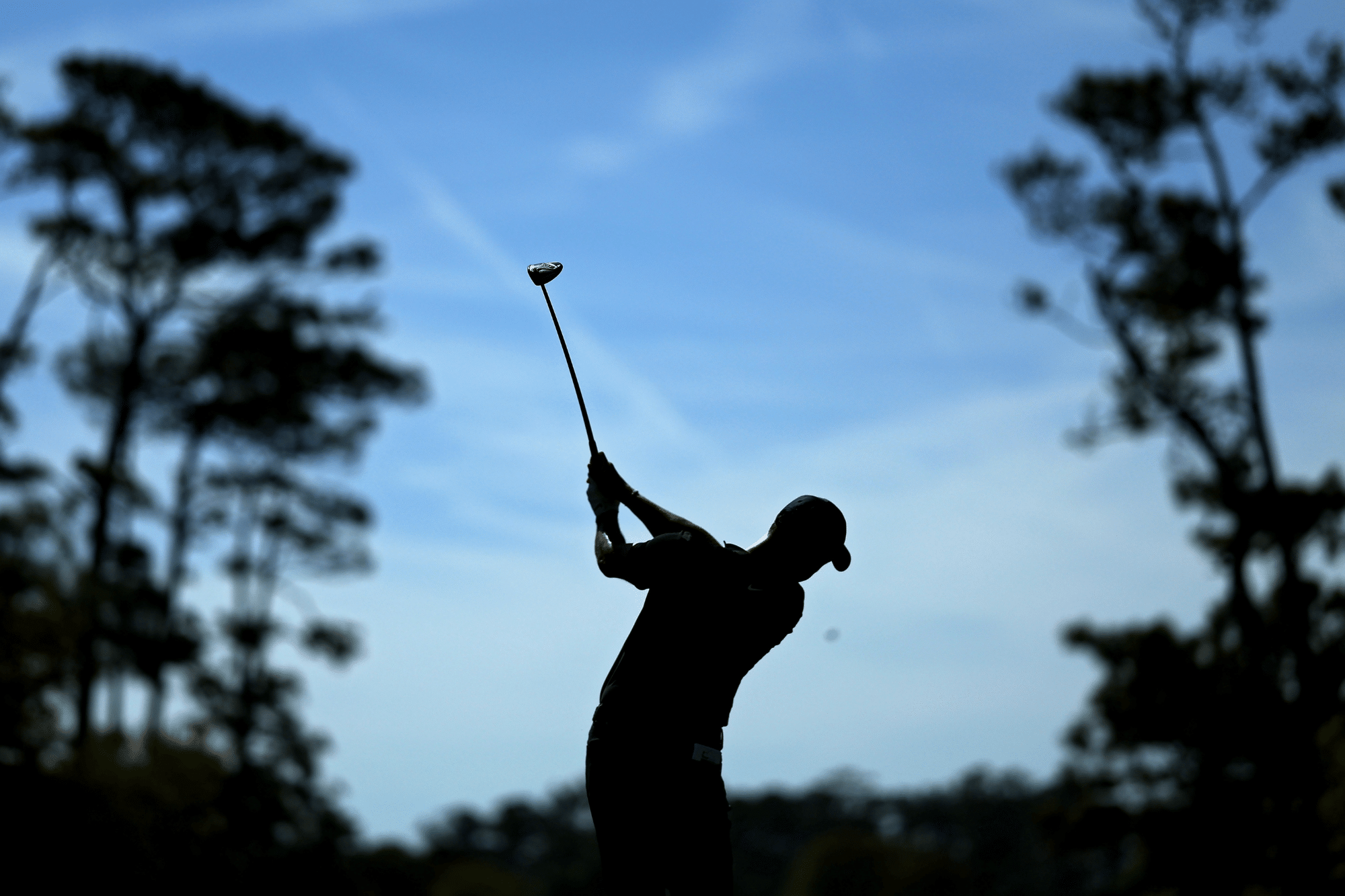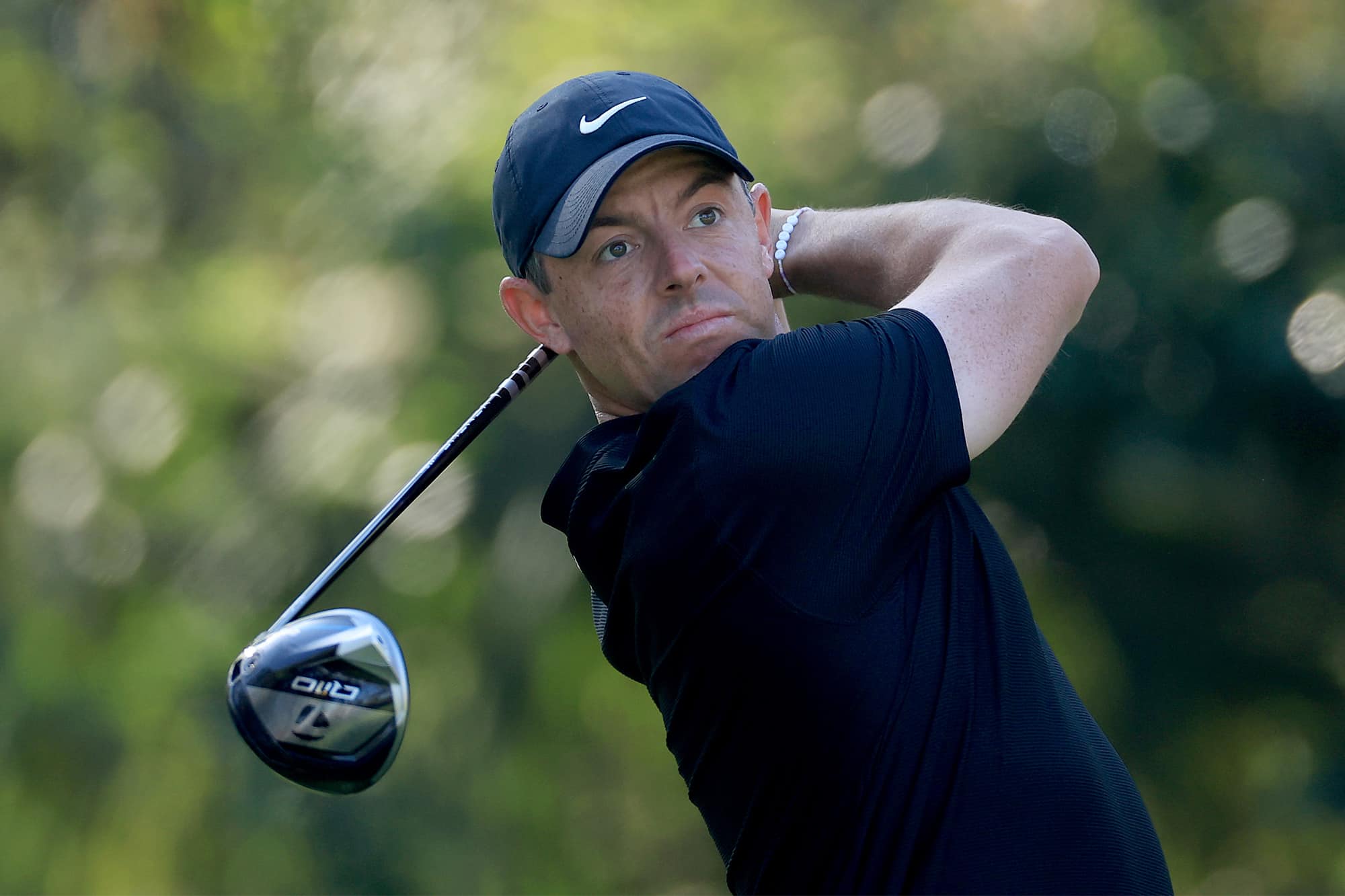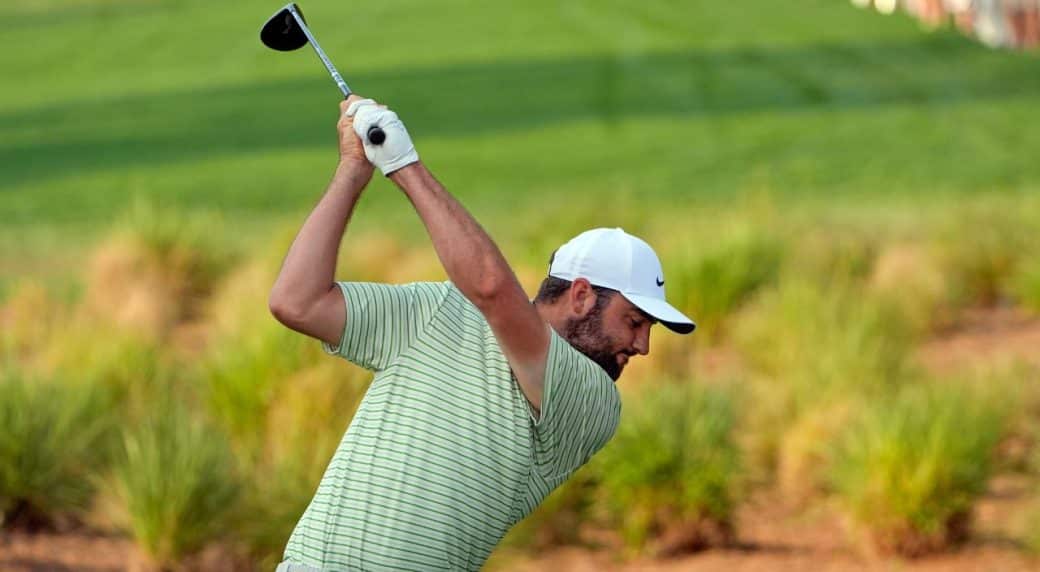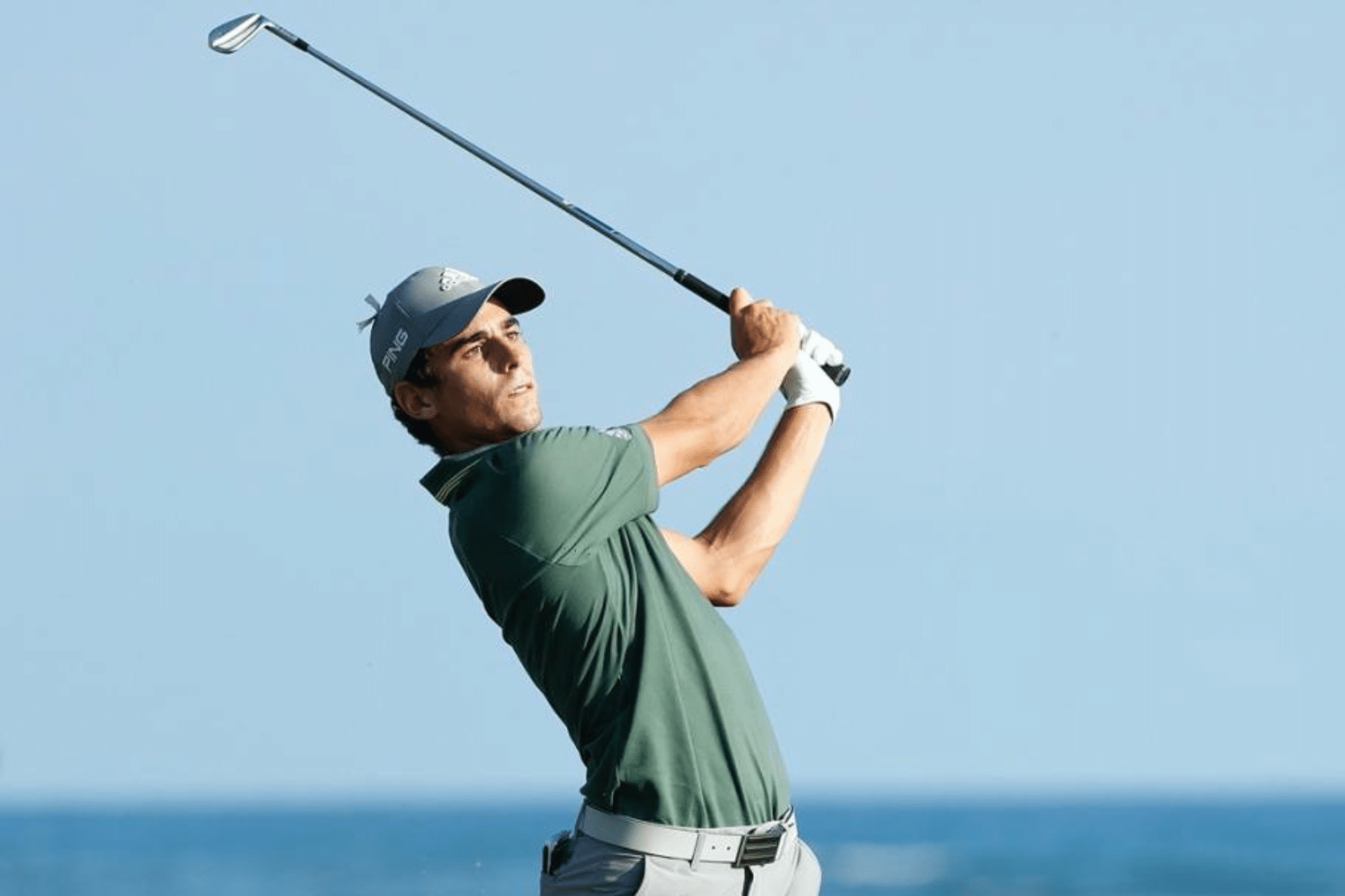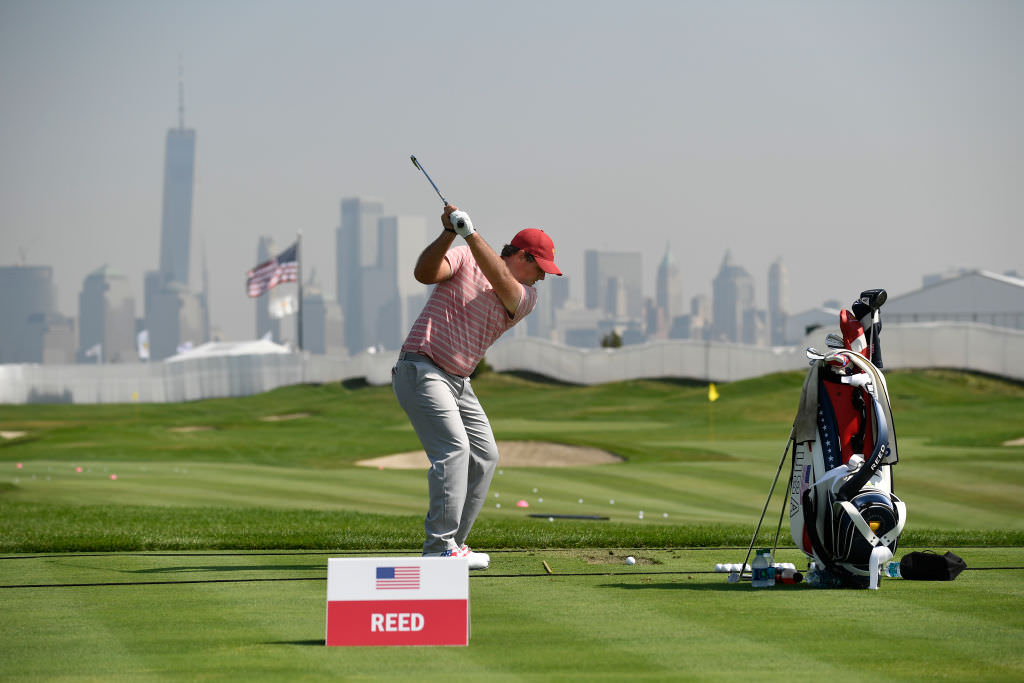
How does a player prepare for a major? We got the inside story
Talk about fine lines. Push too much and your player’s hopes are over before they’ve even begun. Don’t push hard enough and lack of golf tournament preparation can see their scorecard become a car crash.
There’s always another event, of course, but there are only four majors and getting a competitor to peak at exactly the right time is a difficult balancing act.
The range at any major Bethpage is a magnet for spectators. Players flush swing after swing under the watchful eyes of their coaches and it’s here – we believe – where the work to win a major is done.
The truth, says Kevin Kirk, who is coaching Patrick Reed and Jhonattan Vegas at this week’s PGA Championship, is far more complex.
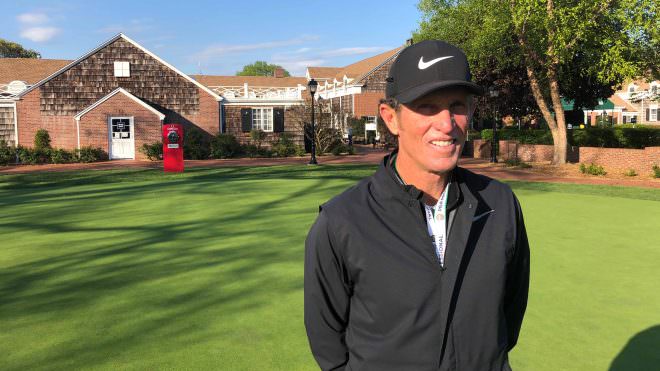
“It’s all maintenance projects by this time,” he explains of what goes on in those three or four days before competition gets under way. “All the big projects are in place.
“You usually don’t see big equipment changes or a lot of high value practice. It’s usually warm up, get out on the golf course and hit some shots and spend a lot of time with little shots around the greens – the chips, the putts, the pitches, the bunkers – and try to get familiar with those.
“The range is really kind of a warm up and warm down place but there’s not nearly as much on range activity as you will see at a normal event.”
The web went crazy when Tiger Woods was spotted pacing the fairways of Bethpage Black in the run up to the PGA Championship but what the Masters champion was doing was far from unusual.
Away from the penetrating lenses of a line of TV cameras, or the flash of a mobile phone, Kirk reveals it is here where some of the hard yards are really done.
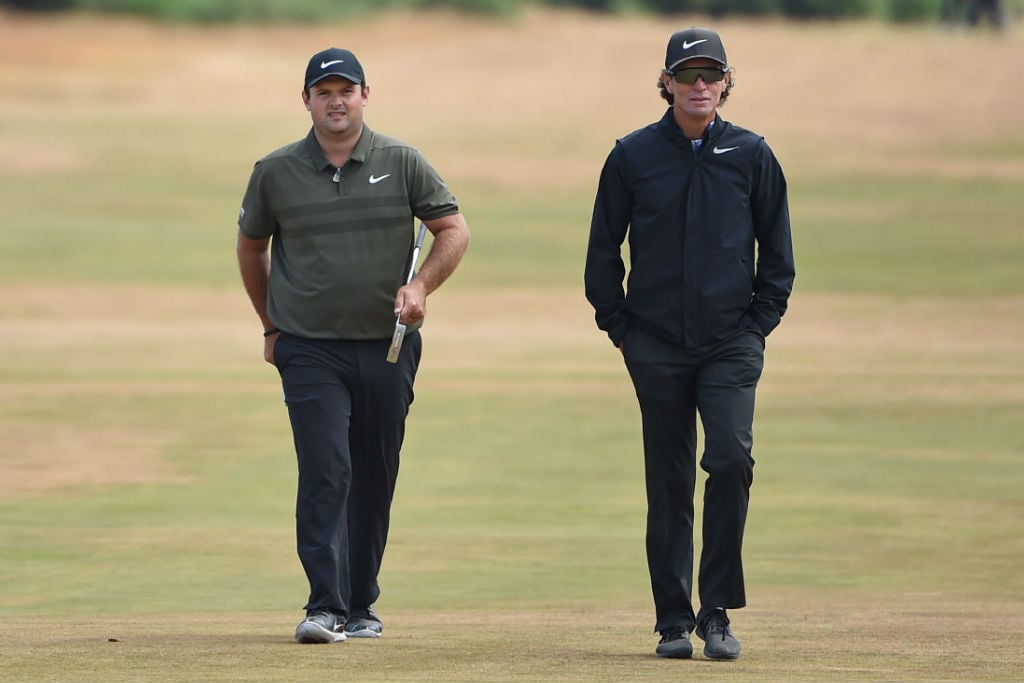
“Most of the players who run at this level are very focused on the majors. They’re very important to them. As we look at our prioritisation every year, it’s obviously built around trying to play well at these major events.
“Some of that is just a little forethought and trying to get out ahead of it in terms of the training, trying to anticipate what the challenges are going to be, looking at the players and the state of their game and trying to start fine-tuning the training – in the two months leading up – to tighten the right screws and get it all to line up just at the right time.
“A lot of times we will try and come [to the venue] a week or two in advance, look at the golf course with nobody around and really try to do a deep dive on it.
“We are trying to pull up all the old historical data on pin locations and to see if there has been any changes to the green complexes.
“We spend a fair amount of time trying to figure out, based on the location of the pins, what’s going to be the best place in the fairway to get to that pin and then how to position the ball to that location in the fairway.
“We almost do our planning with reverse engineering. You start with the pin location – ‘What’s the angle in the fairway that gives you the best shot of getting there?’ – and try to play to that point.
“It’s not always trying to hit it as far as possible off the tee. It’s usually trying to get it in the right areas. We also try to anticipate the possible tee locations and the possible winds we might face.
“If we are in 10 days ahead, we’ll have a 10 day forecast we can play with. If not, then we’ll often hire a local caddie.
“That’s someone who is very familiar with the golf course and can help us understand the prevailing winds, when the winds are in a certain direction and the things you can and can’t do on this golf course. It’s trying to tap in to some local knowledge as much as we can.”
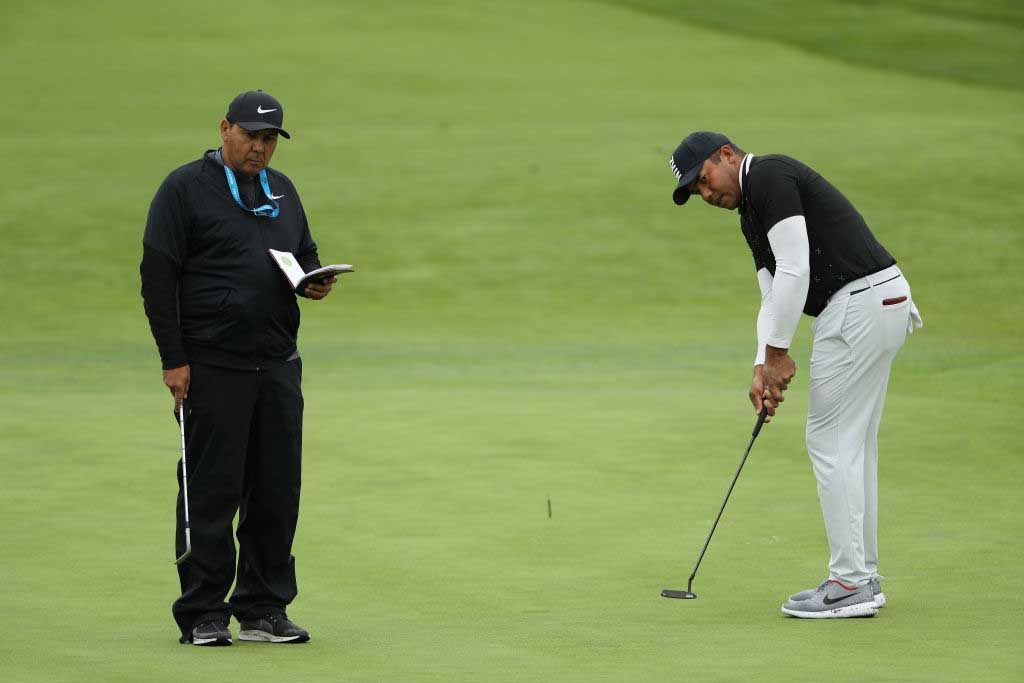
Major weeks means arriving on site on Sunday, with the aim of getting straight to work the next day. The idea is to take the variables of traffic, of bureaucracy, out of play so they can’t be a factor.
Because when it goes wrong, it can do so spectacularly.
“I remember Jhonattan’s travel situation at the Open last year,” Kirk said. “He was supposed to leave the Friday before but his visa got tangled up and they said they couldn’t get it until Monday. Then it went to Tuesday and Wednesday. He actually flew into Glasgow, got a helicopter over, having not slept, warmed up on the tee, his clubs didn’t arrive, and some really chaotic things can happen.
“We’re always trying to make sure we try and give enough time for Murphy’s Law.”
Then it’s a case of ensuring his players can prepare as they need without draining precious reserves before the first tee shot has been struck in anger.
That’s particularly true of a course like Bethpage Black, which is a long and arduous walk and which taxes the brain throughout a five-hour plus round.
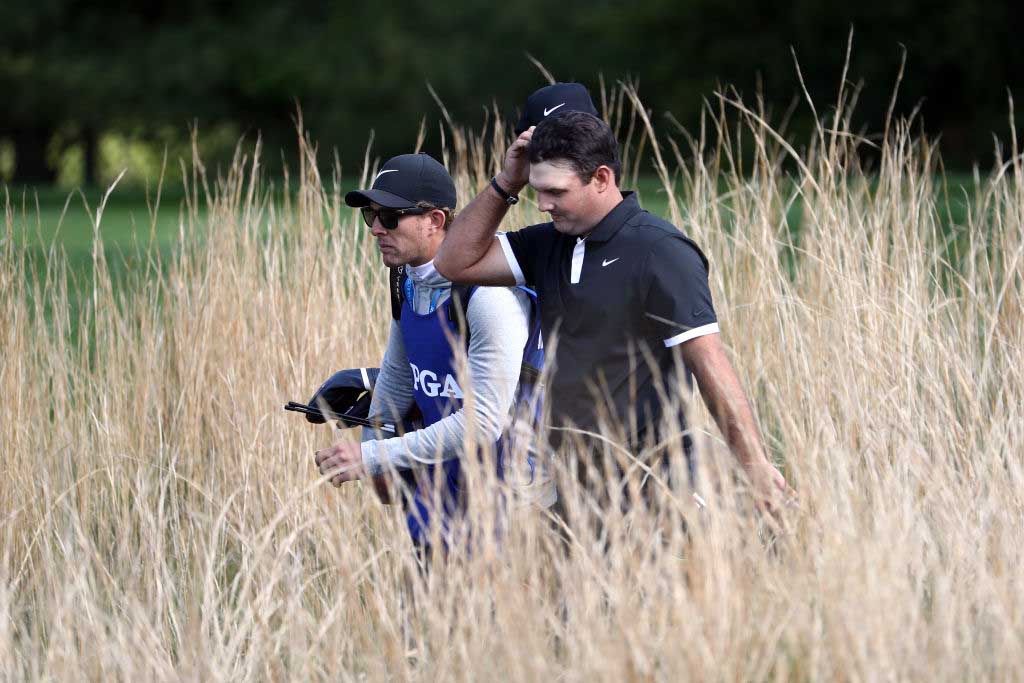
Woods’ no-show during Wednesday’s final PGA Championship practice day garnered a lot of media attention, but Kirk revealed that nine holes a day would be standard course preparation for most of the competitors.
“These events take a lot of energy out of the players and we are mindful of that at the front end and try to keep their load fairly light,” he said.
“We’ll spend quite a bit of time on the greens and those connecting shots around the greens [before Thursday], and just trying to understand how to move the ball around these complicated golf courses.
“You can work as hard as you want on the front end but there’s a price you pay at the back end. You’re always trying to weigh that out.
“You want to make sure the players are prepared but not overworked. It’s a fine line and all the players have different tolerances for that.
“So it’s really getting to know the player, how much work can they tolerate and, as they go through these weeks, trying to make sure we get the front end done well to make the back end turn out as we want.”
Kirk is hands-on during the build up – getting out on the course with his players and spending time with them as they work through the issues of getting to know their battleground.
“These two players are very different in terms of their nature, their thoughts about preparation and their personalities.
“With Patrick it is usually holding him back a little bit more, while Jhonattan it’s trying to push a bit more.
“If I were trying to push Patrick – he already pushes himself hard – that wouldn’t be great. If I just let Jhonny go and float then things probably wouldn’t get done at the level he needs to prepare himself so it’s understanding the player and what my role is in their camp and on their team.”
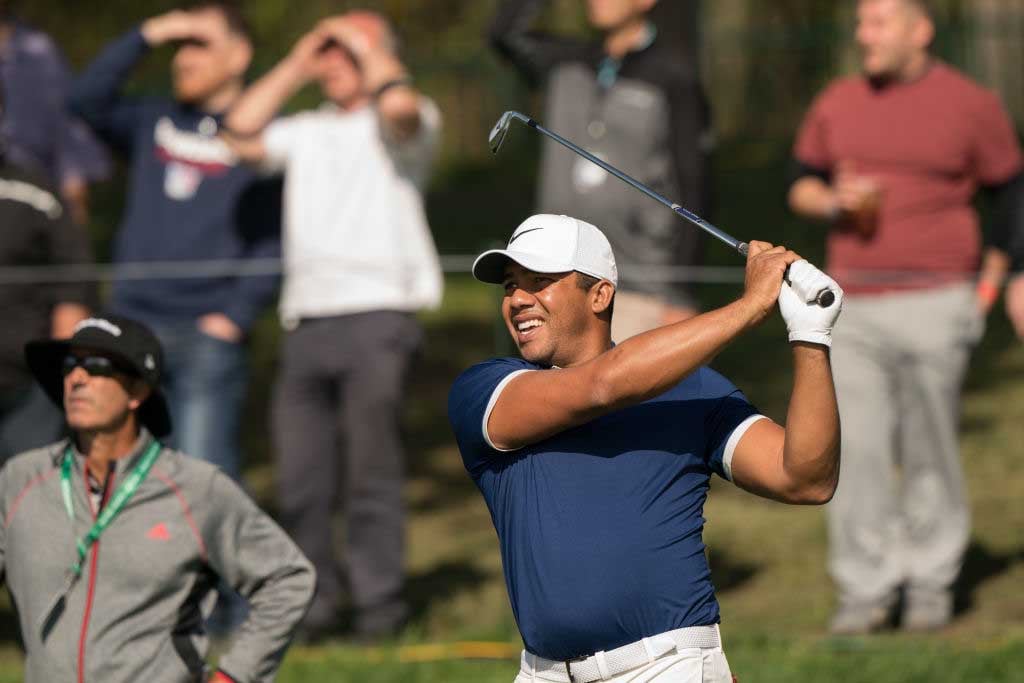
And when it all works out, as it did for Reed at the 2018 Masters, Kirk admits the feeling is one of huge pride.
“To win a major is hard, so when you see a player able to organise himself and pull it off, I think I was just overcome with joy for Patrick because I know how hard it is,” he explained.
“I’ve sat here and watched the game for a long time. I’ve seen really good players who haven’t been able to figure it out. To see a young guy be able to pull that out of him and do what was required to win a golf tournament like that is a great thing to be a part of and to have a ringside seat at.”
Keep up to date with all the action from Bethpage with NCG’s dedicated PGA Championship website as well as on Twitter, Facebook and Instagram.

What was your favourite PGA Championship?
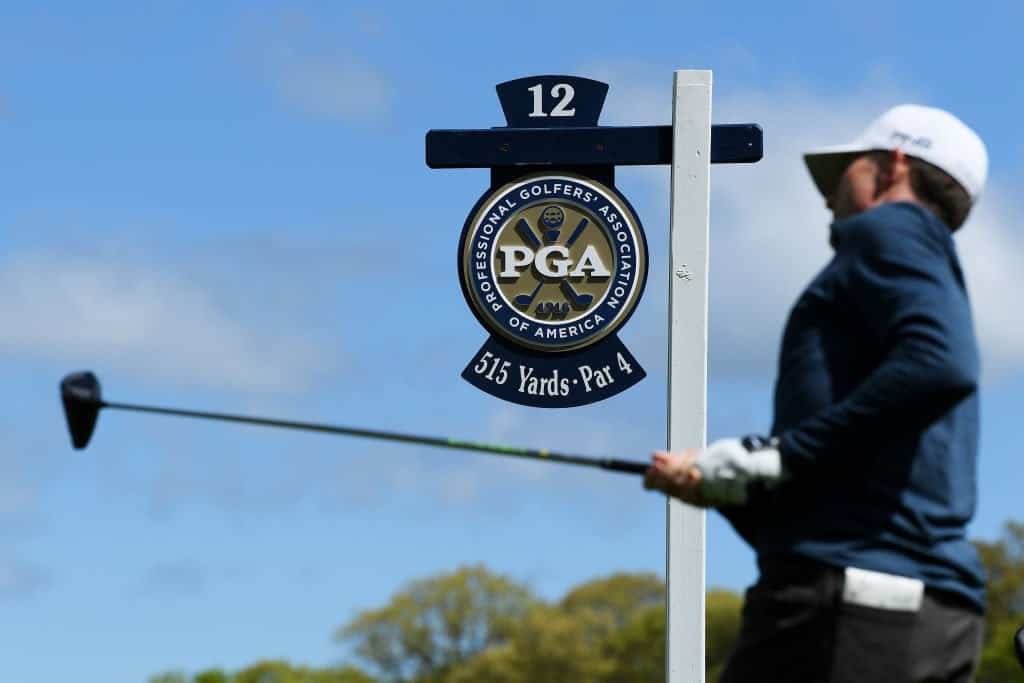
Is Bethpage Black REALLY as tough as they say?
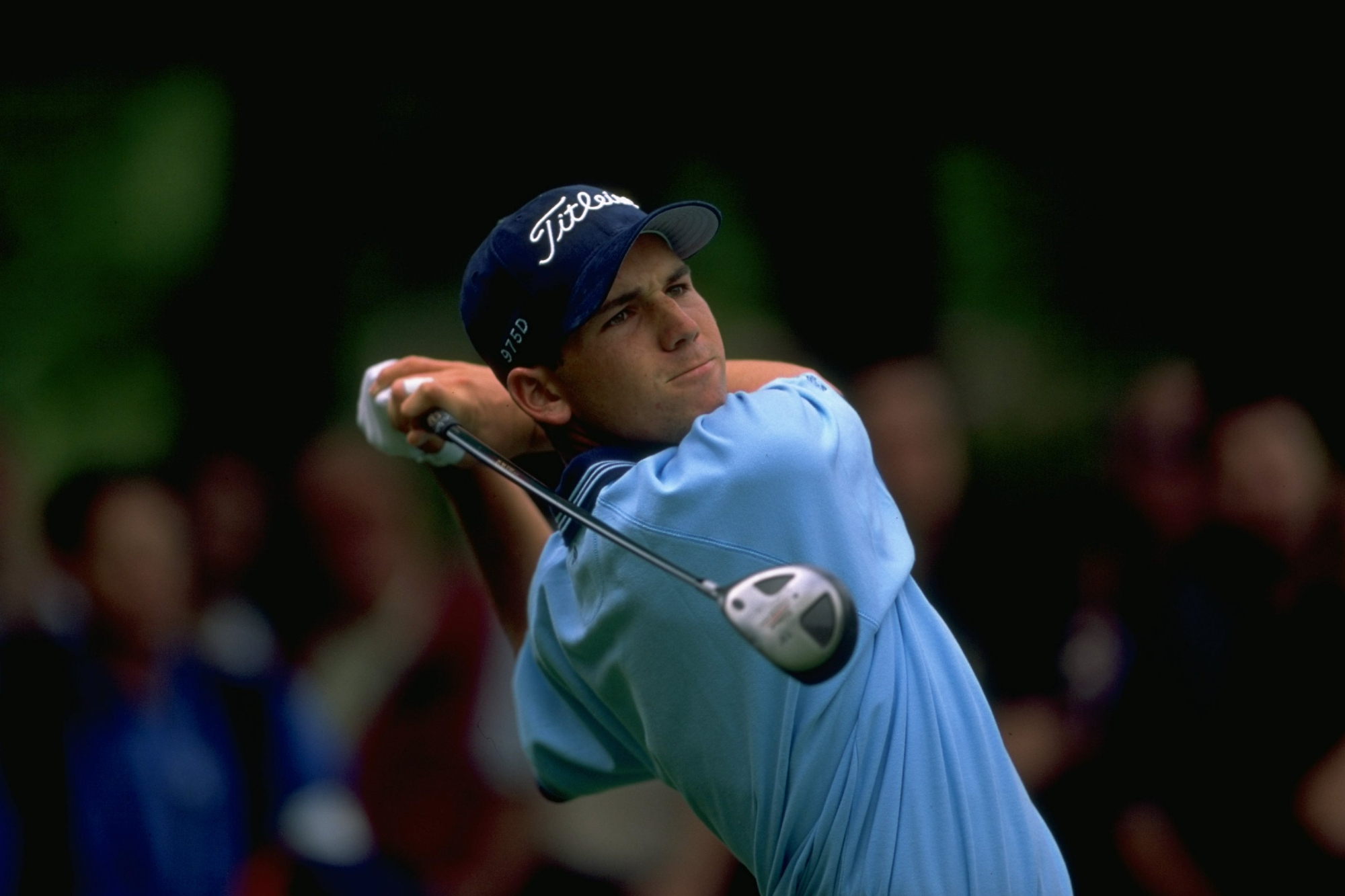
How a teenage Sergio almost took down Tiger
Steve Carroll

A journalist for 25 years, Steve has been immersed in club golf for almost as long. A former club captain, he has passed the Level 3 Rules of Golf exam with distinction having attended the R&A's prestigious Tournament Administrators and Referees Seminar.
Steve has officiated at a host of high-profile tournaments, including Open Regional Qualifying, PGA Fourball Championship, English Men's Senior Amateur, and the North of England Amateur Championship. In 2023, he made his international debut as part of the team that refereed England vs Switzerland U16 girls.
A part of NCG's Top 100s panel, Steve has a particular love of links golf and is frantically trying to restore his single-figure handicap. He currently floats at around 11.
Steve plays at Close House, in Newcastle, and York GC, where he is a member of the club's matches and competitions committee and referees the annual 36-hole scratch York Rose Bowl.
Having studied history at Newcastle University, he became a journalist having passed his NTCJ exams at Darlington College of Technology.
What's in Steve's bag: TaylorMade Stealth 2 driver, 3-wood, and hybrids; TaylorMade Stealth 2 irons; TaylorMade Hi-Toe, Ping ChipR, Sik Putter.




